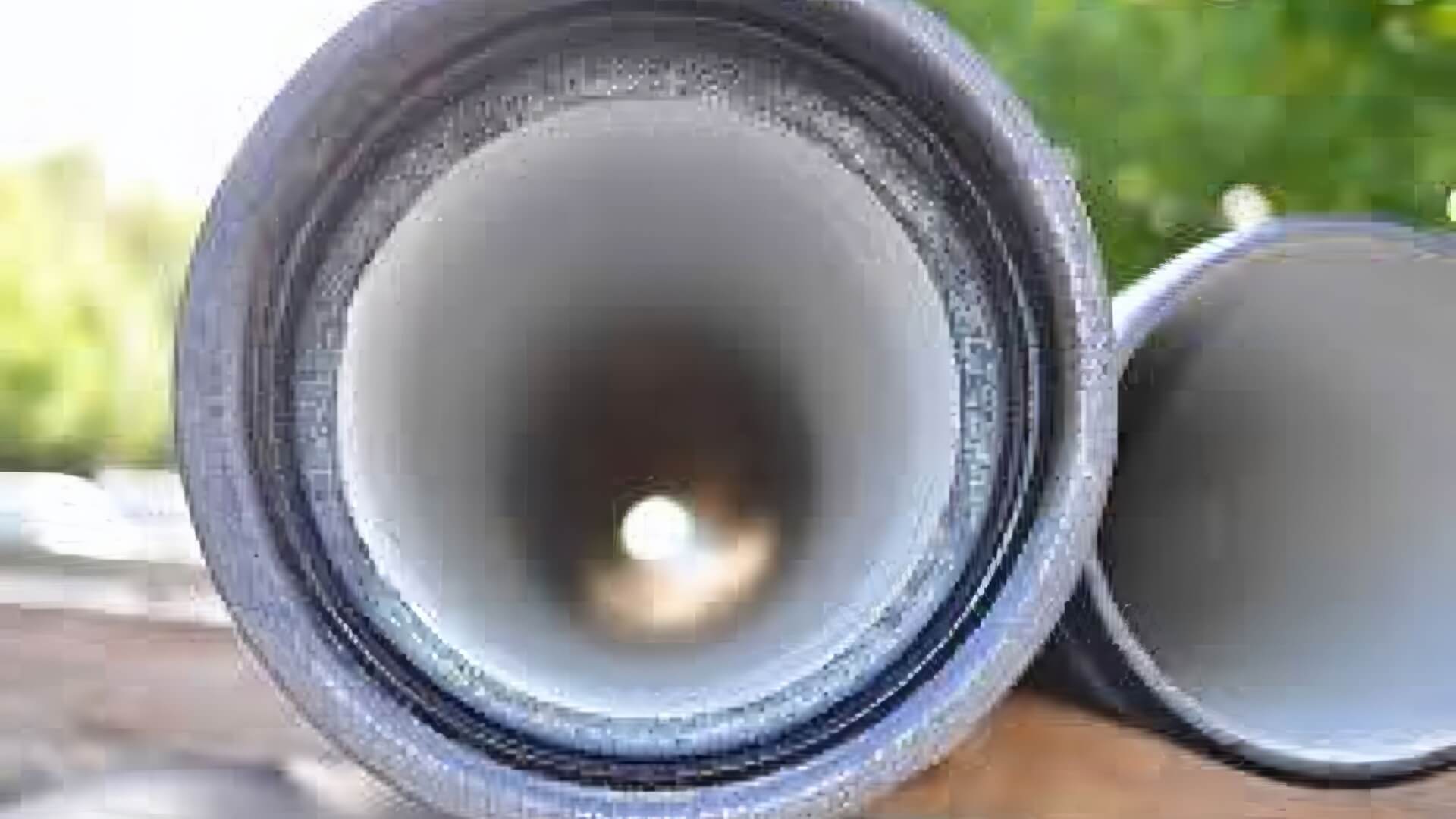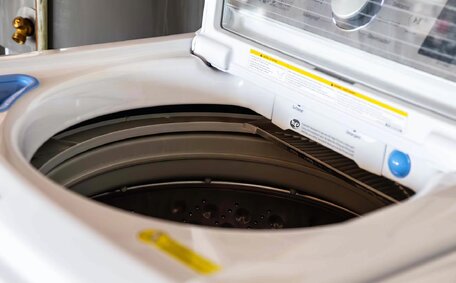Introduction to Gas Meter Upgrades
Upgrading a gas meter is a critical measure for homeowners and businesses aiming to enhance energy efficiency. It entails swapping an outdated gas meter for a modern unit, offering superior safety, accuracy, and efficiency.
Modern gas meters incorporate cutting-edge technology to accurately gauge your gas consumption, guarantee reliable service, and afford greater control over your gas supply, which can lead to energy bill savings.
For those considering an upgrade or seeking insights into their current meter, pivotal information is provided below.
Reasons for Upgrading Your Gas Meter
Several compelling reasons may prompt an upgrade of your gas meter:
- Improved Accuracy: New gas metres contain sophisticated technology to measure your usage more precisely. This allows for fairer billing based on your actual consumption.
- Enhanced Safety: Modern metres have advanced safety features to detect leaks, automatically shut off gas in emergencies, and prevent tampering. This gives you reliable, leak-free service.
- Regulatory Compliance: Old metres may not meet current regulations. Upgrading ensures your system is up-to-code and approved for continued use.
- Potential Energy Savings: With precise measurements and advanced monitoring, new metres can help you better understand and control usage, saving money long-term.
Replacing antiquated gas meters with contemporary ones is recommended for their improved accuracy, enhanced safety, compliance with regulations, and potential for cost savings.
Improved Accuracy and Monitoring
New gas metres offer significant improvements in accuracy over old models. They contain the latest flow measurement technology to precisely track your gas usage and ensure you are billed for your actual consumption.
Ultrasonic and digital gas metres have accuracy ratings of +/-1%, compared to +/-3% for basic diaphragm metres. This means the margin of error is reduced, providing fairer billing based on real-world data.
Beyond accuracy, new gas meters boast state-of-the-art monitoring features. Many feature built-in data loggers that record hourly or daily usage figures, and you can read more about these capabilities in your user manual or online resources. Some models even provide remote access to this data via digital networks.
Having access to precise gas consumption data enables homeowners to monitor usage patterns and identify anomalies. This proactive approach ensures the reliability of your gas system and enhances safety by promptly addressing potential issues.
A new gas meter upgrade thus marries the advantage of accurate billing with superior monitoring and data access, optimizing consumption and facilitating early problem identification.
Access to New Technology Features
A new gas meter upgrade provides access to a range of technological features, enhancing convenience and management.
Modern gas metres contain communication modules that enable remote reading. Utility workers no longer need to manually check your meter - consumption data is sent digitally to streamline billing.
Smart gas meters advance further, exemplifying the latest in metering technology. Integrated into an advanced metering infrastructure (AMI) that digitally connects to the utility provider, they support two-way communication and nearly real-time gas usage monitoring.
Homeowners can leverage smart metre capabilities to closely track consumption via online portals. Usage alerts and analysis assist in grasping consumption patterns and identifying issues promptly. Certain smart meters also integrate with home automation systems and smart appliances, maximising gas service efficiency under our meter replacement program.
In-home displays compatible with new gas meters are also available, displaying usage, costs, and flow rates in real-time, offering valuable insights via an intuitive digital interface. An upgrade equips you to benefit from next-generation features, ready to adopt evolving technologies.
The Process of Upgrading Your Gas Meter
The gas meter upgrade process is a straightforward procedure coordinated by your gas service provider:
- Contact your provider to inquire about upgrading your outdated gas metre. Ask what models they install and costs involved.
- If your home meets safety standards, submit an application form to request a gas metre upgrade.
- Wait approximately 10 business days for approval and scheduling. Use this time to prepare by clearing access paths to your metre.
- On installation day, a technician will turn off gas supply, remove old metre, fit the new metre, relight appliances, and conduct safety checks.
- Gas consumption will be gauged by the new meter. Verify bill accuracy and, if equipped with a smart meter, monitor your usage online.
- Contact your provider if any issues arise post-installation. Most new metres come with manufacturer warranties.
Communicating early with your gas company streamlines the upgrade process. Confirm timeframes, costs, model options, and if you’re on life support, ensure your medical needs are accommodated for a smooth gas metre replacement.
Applying for a Gas Meter Upgrade
Applying for a gas metre upgrade is a straightforward process:
- Contact your gas provider to inquire about upgrading from your old metre model. Ask what new metre options are available.
- Request a gas metre upgrade application form. This will ask for details like your name, your address, account number, and metre number.
- Complete and submit the application. Be sure to sign any required terms and agreements.
- Wait approximately 10-15 business days for your gas provider to process the application and schedule an installation date.
- Use this time to prepare by clearing debris and obstacles around your metre access point. Inform household members of the upgrade date.
After submission, maintain communication with your gas provider to monitor the progression. Ask questions about timeframes, costs not covered by warranty, and what to expect during the metre installation. Thorough planning helps ensure your gas metre upgrade goes smoothly.
Preparing Your Property
To ensure your gas metre upgrade goes smoothly, adequately prepare your property in advance:
- Ensure a clear access zone of 1 meter around the existing gas meter by disposing of detritus, plants, and any obstructions that might impede the technician’s work.
- Check that the metre location meets safety regulations. It must be in a well-ventilated area away from ignition sources.
- Inform all members of your household about the scheduled upgrade date so they can plan accordingly.
- Clean the metre site so it is free from rubbish. Providing safe site access is a requirement.
- Turn off and unplug any gas appliances near the metre on the installation day. The technician will relight appliances after the upgrade.
- Keep pets securely away from the work area on upgrade day. Their safety is also important.
Taking these preparation steps allows the metre upgrade to proceed efficiently. If you have any questions or wish to learn more about the process, contact your gas provider for advice on getting your property ready.
The Installation Timeframe
A residential gas meter upgrade typically unfolds over a period of 2-3 weeks from the approval of your application to project completion. After submitting your upgrade request, you will receive notification within 5 business days on the outcome.
If approved, the gas provider then orders your new metre which can take up to 20 business days including shipping. They will contact you to schedule a new gas meter installation date during this period.
On the day of installation, expect the whole process to take 2-3 hours. The technician will turn off your gas supply, remove the old metre, install the new metre, relight appliances, and conduct safety tests before restoring full gas service.
Your presence at the property isn’t required during the gas system decommissioning, only reconnection. Notify all household members of expected downtime without gas during the upgrade.
Following installation, contact your gas provider immediately about any issues. Most new metres come with a manufacturer’s warranty if faults occur. Expect to receive your first accurate usage bill 1-2 cycles after the completed upgrade.
Finalizing the Upgrade
After the new gas metre installation is complete, the technician will perform a series of safety checks and test your gas appliances to ensure proper functionality.
All fittings and connections will be checked for leaks with detection fluids or electronic detectors. Appliances will be relit individually, ensuring pilot lights function correctly. This confirms appliances are still calibrated and working after the gas supply was turned off, aligned with our quality standards under the replacement program.
It is critical that no leaks are present.
Following these tests, your gas provider will confirm the successful completion of the upgrade. You can now enjoy the benefits of your new, modern gas metre with enhanced accuracy, safety, and technology features. Monitoring your usage closely over the first billing cycle is recommended to validate improved precision.
Costs and Fees for Gas Meter Upgrades
There are some costs associated with upgrading your gas meter. Installation fees are typically $200-300, covered by your gas provider. Additional charges may apply if extra work is required, like moving the metre location or ensuring compatibility with systems at your home when upgrading.
On your next 1-2 billing cycles after the upgrade, you may see metre upgrade charges of $10-30 on your gas bill. These help recoup distributor expenses but facilitate critical meter installation and upgrades.
While upgrading gas metres represents an upfront investment, our customers can achieve long-term savings from more accurate bills, early leak detection, potential energy reductions, and avoiding costly emergency repairs if old metres fail. Contact your gas supplier to understand all fees specific to your situation before upgrading.
Ensuring Safety and Compliance
Safety should be the top priority during any gas metre upgrade. Only qualified gas fitters with proper accreditation should perform the installation to adhere to regulations and prevent risks.
Technicians take precautions like turning off your electricity and gas supply at the metre, ventilating work areas, checking for existing leaks, and using non-sparking tools. Strict procedures also safeguard against new leaks. Pressure tests check for soundness while leak detection fluid confirms gastight seals.
Compliance is critical too. The meters will be calibrated and certified for accuracy.
Strict safety checks also apply like ensuring adequate access space for operation and maintenance.
By only using vetted professionals and following best practises around metre upgrades, gas safety and legal compliance is assured. Provide full site access to technicians and clarify any concerns during the process. If you have special medical needs, notify your distributor early about continued supply requirements.
The Role of Digital Gas Meters
Digital gas metres are playing an increasingly important role in modern gas infrastructure. Many gas providers are trialling these next-generation metres to assess their suitability for wider rollout.
Digital models provide automated and remote real-time readings of gas usage data. This allows for streamlined billing without the need for manual metre readings. Metre readers simply drive through neighbourhoods as digital metres transmit consumption figures back to the utility company.
Digital meters also facilitate two-way communication between households and gas distributors. Alerts can be sent for suspected leaks or unusual usage spikes. Homeowners can also access data on hourly and daily usage to track gas patterns.
By upgrading old analogue metres to digital through your local gas services, enhanced safety, accuracy and connectivity is achieved. As trials across Australia progress, the capabilities of digital metering technology will become an integral part of gas metre regulations and standards into the future.
Remote Monitoring and Accuracy
New gas metres with remote monitoring capabilities allow for more convenient and accurate readings compared to old manual metres.
Traditional gas metres required utility workers to visit homes and businesses monthly to visually check and record gas usage. This manual process was labour-intensive, intrusive for customers, and prone to human error in metre readings.
Digital and smart gas metres solve this issue with automatic remote monitoring. Built-in communication modules transmit gas consumption data directly to the utility company without the need for in-person checks. Similarly to a smart electricity meter, this automates readings, reduces costs, and minimises inaccuracies.
Remote monitoring also enables real-time tracking of gas usage via online customer portals. Homeowners can access graphs and metrics to closely monitor their consumption and detect anomalies early. Unexpected usage spikes may indicate leaks or other problems requiring urgent response.
So by upgrading ageing manual metres, the integration of remote reading technology brings more precision, transparency, and control for customers over their gas services through accurate real-time data.
Access to Usage Data
Modern gas meters significantly enhance homeowners’ access to their natural gas usage information. Many smart metres come with online portals or in-home displays that show real-time consumption metrics as well as historical trends.
Reviewing gas usage patterns enables better energy conservation. You can pinpoint high-usage times and adjust behaviours or appliance schedules accordingly to reduce waste. Tracking your consumption also aids budgeting, so you know exactly how much gas you use monthly or quarterly.
In-depth usage analytics help diagnose leaks early as well. If you notice unusually high usage during the night or weekends, it may signal issues that need prompt attention. So leveraging your upgraded metre’s usage data brings transparency that puts you in control of natural gas efficiency.






